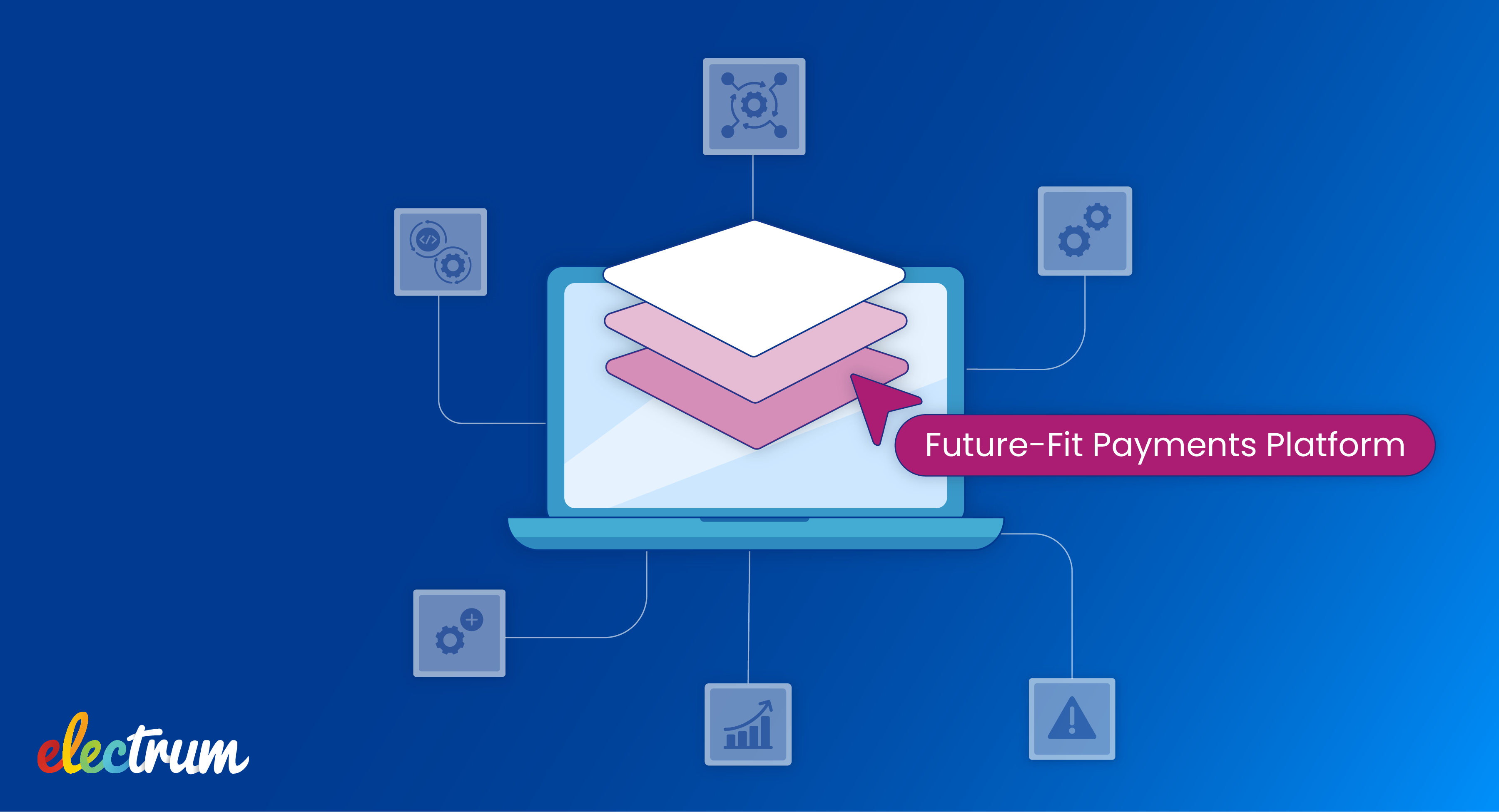
Now that real-time payments are a reality in South Africa, in the form of PayShap and Instant Payment services, how can smaller banks compete?
PayShap has been launched by South Africa’s big four banks, so the question now is how can smaller banks stay competitive and take part in this opportunity? A quick and simple solution lies in inbound clearing for real-time payments: involving inter-bank account switching and reconciliation of these inbound transactions.
Why inbound real-time payments is a simple way to boost your regulated payments offering
1. Play alongside leading banks
Put your bank in the same standing as the big four banks that have already launched the initiative. By implementing inbound real-time payments, your customers can be paid through the new PayShap scheme. Use this as an opportunity to get a foot in the door with instant payments and play in the same space as the first cohort of PayShap participant banks.
By expanding customer choice, you have the chance to attract new customers from other banks by offering them better services. A huge opportunity exists with the current PayShap pricing to offer the same services at a more competitive fee and gain market share.
2. Reach your consumers quickly
If you launch your real-time payments solution with an inbound offering, it will be easy to implement compared to a full (both inbound and outbound transaction clearing) service. Inbound transactions are simply processed in the back-end, making it a much faster implementation process than outbound transactions which involve updates to channels and user journeys. Ultimately this means you can take a solution to market sooner.
Allowing your customers to receive funds into their accounts through PayShap as soon as possible is an obvious win. You can respond to the consumer demand for new, convenient ways of being paid as quickly as possible and improve customer satisfaction.
3. Limit the capital outlay
You will lower the capital requirements of implementing the Rapid Payments Programme by starting with inbound clearing. This makes it possible to offer your customers some of the PayShap functionality, while limiting the initial cost of the solution. Importantly, you do not need to make changes to channels or your app and website functionality - saving crucial time and costs.
4. Benefit from interchange fees
Since the receiving bank earns the interchange fees, you can start to earn from PayShap transactions from the start. This will make it more attractive when considering the capital costs and balancing the required investment. It will also be easier to implement outbound payments at a later stage once PayShap becomes a standard way for consumers to pay each other.
5. De-risk implementation
Implementing inbound real-time payments will not affect your main business or your payments legacy system. Since your channel offering does not need to change, you are simply adding more functionality to an existing payment stream in the form of instant payment acceptance. It is an easy, low-cost, limited-risk way to keep your consumers happy and build out your offering.
Work with the right partner to optimise your inbound real-time payments offering
A solution that is cloud-based will ensure that your offering is agile and robust. Electrum’s cloud-native Payments Platform is designed to make it easy to expand and improve your real-time payments offering as needed.
Electrum can help you to boost your regulated payments offering and get your solution to market quickly - chat to us today to explore how we can make this happen.

Let's chat
Kick-start your PayShap offering

Helen Whelan
Helen Whelan is a Senior Content Writer at Electrum. With a BSc (Hons) from Rhodes University, she enjoys the combination of creativity and technical topics that content creation at Electrum involves. Cats and coffee fuel her day.
Electrum Newsletter
Quarterly insights and news to help you keep up with the latest changes in the payments landscape







